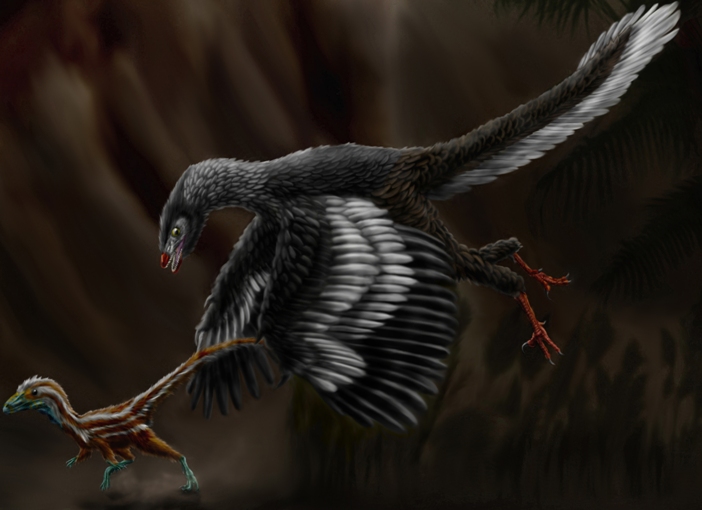Podcast: Play in new window
BOB HIRSHON (host):

How the bird lost its teeth. I’m Bob Hirshon and this is Science Update.
Bird beaks come in all shapes and sizes. The long, thin hummingbird’s beak retrieves nectar deep from within flowers; the thick lower bill of a flamingo filters food like a baleen whale; and the powerful, curved beak of a parrot cracks open seeds. Amid all this diversity, it’s hard to imagine that birds once had teeth rather than beaks. In fact, in the journal Science, Mark Spring at the University of California, Riverside and his colleagues report that the genes for bird teeth are still in their DNA, but were inactivated by a series of mutations as beaks evolved.
MARK SPRINGER (University of California, Riverside):
If teeth are lost, we would expect the tooth-related genes to acculuate mutations and then they become non-functional. Because if a gene is no longer needed, it’s no longer maintained by natural selection.
HIRSHON:
Springer says birds lost their front teeth first, starting around 100 million years ago, followed by the teeth at the back of their mouths. I’m Bob Hirshon, for AAAS, the science society.
